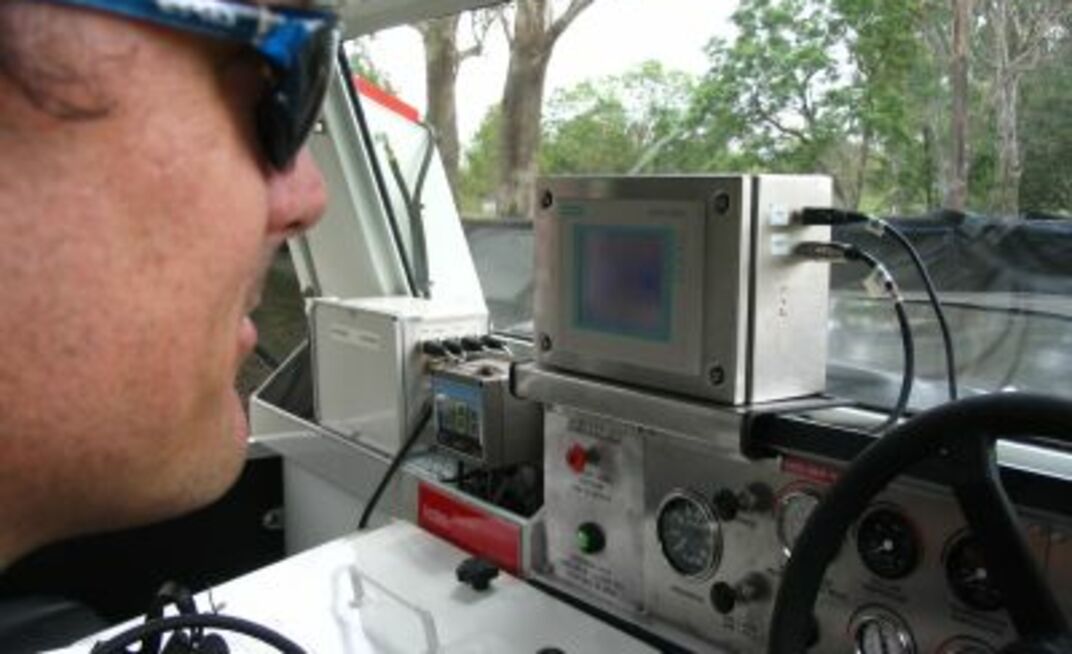The project’s inception came as a result of the Warden’s Inquiry, conducted after the Moura mine explosion in 1994 that killed 11 men. The development of a vehicle capable of operating under emergency conditions was the last recommendation, made by the Moura Inquiry, to be fulfilled.
A modified diesel vehicle has been developed during three years of research led by the Queensland Government's Safety in Mines Testing and Research Station (Simtars) in conjunction with Queensland Mines Rescue and the Australian Coal Association Research Program (ACARP).
An initial scoping study followed by testing and development phases has culminated in the phase-three vehicle demonstration. What lies ahead is beta testing of the vehicle in a Queensland coal mine, certification of newly developed equipment, and crucial engine tests in high levels of methane (see article on diesel tests in explosive atmospheres, to be published next week).
With substantial industry input, the initial scoping study identified diesel vehicles as the best engines to use at present and identified the need for three main features: a navigation device to drive in near-zero visibility, a rapid acting methanometer, and on-board air supply.
During the early phase of the research effort, the emphasis began to shift away from the vehicle being a rescue vehicle (to be sent into a mine from the surface) towards enabling self-escape of miners working underground at the time of an emergency, according to Simtars research leader Martin Watkinson.
This thinking has been driven by past experience with other specially designed vehicles such as the CSIRO-developed “numbat”, which could not be deployed in time following the 1994 Moura mine explosion. From these experiences researchers decided not to develop one special rescue vehicle for rapid deployment after an emergency.
To keep such a vehicle “rescue ready” would require keeping a new vehicle on the mine surface or at a rescue station. This would mean the vehicle would not be in use on a day-to-day basis and not regularly tested by operators.
The question was how should this rescue vehicle be powered? One option was to make the vehicle totally independent of the atmosphere and, until alternate power sources such as hydrogen fuel cells are developed, the only possible power source at present is a battery. Keeping a battery-powered vehicle in a perpetual state of readiness has its own challenges – one of the reasons diesel-powered engines were chosen.
Given all these factors the plan now envisaged is to add key features to conventional diesel transporters so that, theoretically, every vehicle in a mine can be enabled for escape. “The concept now is every man-riding vehicle in a mine will be fitted out with these key features,” Watkinson said.
Major electrical equipment supplier Ampcontrol has been working with Simtars to develop the navigation device and incorporate it with their existing IR methanometer into an intrinsically safe system suitable for safe operation in explosive atmospheres.
Prototype devices have now been fitted to a conventional personnel carrier that has been taken to Queensland-based Crinum mine for testing and demonstration. Miners will be using the vehicle on a day-to-day basis to assess any teething problems and provide critical feedback to the research team.
Additional funding has been provided by ACARP to test a number of engines currently in use in coal mines. Testing of these engines will commence in May in high methane atmospheres to identify whether or not they run safely in such atmospheres. Testing will take place at the New South Wales testing station Testsafe.
“As researchers, we have focused on developing something that provides a solution for now, at a reasonable price, that will improve the chances of anyone getting out in the event of an emergency,” Watkinson said.
























